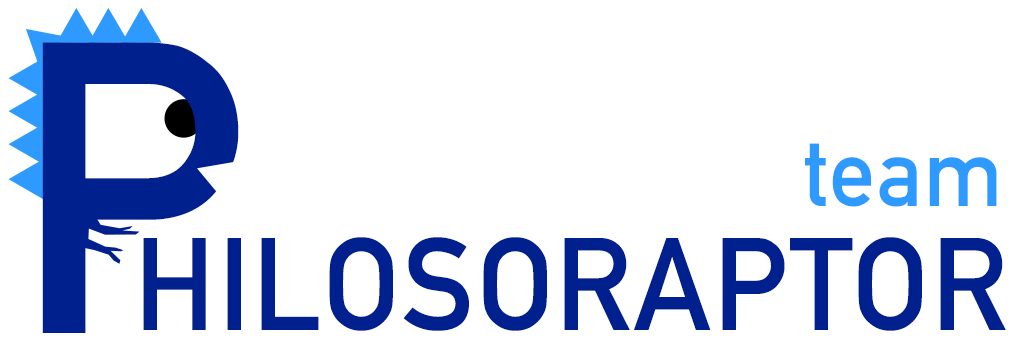Trust, as we have seen, is a complex thing to model. To quantify it we need to look at a variety of parameters e.g. User behaviours, user provenance and user context. Each of these parameters will modify the trust value. However not all will be used in every setting. We will need different flavours of trust calculation and ways of keeping track of which was used to construct each trust calculation. Designing code to implement a complex model of trustworthiness is going to be a challenge, particularly if we want maintainable code built along proper Object Oriented design principles. Continue reading
Author Archives: Bernard Roper
Software Development Methodology
The success of any large, and/or challenging software engineering project depends to a great extent on the use of a software development methodology. Using a well thought out methodology allows an ordered systematic development of the product. It creates a working environment in which each team member can communicate using a vocabulary defined by the methodology. It also facilitates the development in an ordered way with clearly defined stages which can be monitored communicated and managed to produce the end product robustly and efficiently. Continue reading
Functional Requirements Analysis: The Trust Machine
These are an initial set of functional requirements for the Trust Machine. In keeping with Agile software development principles these will be modified and developed on a regular basis throughout all phases of the development as a result of meetings with stakeholders. These meetings should ideally occur on a weekly basis at the very least and will review the requirements as a priority objective at each meeting. Continue reading
UML Use Case Diagram: The Trust Machine
Below is a UML Use-case diagram for the Trust Machine. It has three actors: Continue reading
Trust Models: Algorithms
In order for us to produce the metrics we require we need to understand the various types and models of trust and algorithms available. Continue reading
Trust Models, a Taxonomy
Trust, a word we use in place of trustworthiness comes in many flavours which have a bearing on how we calculate and quantify it.
Trust can be divided into two ‘top’ catagories. Continue reading
Maintaining User Identity With Third Party Social Media APIs…
One of the methods we propose for building our trustworthiness metric is to establish a single identity for our users by linking their Trust Machine identity to their other online identities on sites such as Ebay, Facebook and Twitter. The aim is to link an account to one on another service and only allow one link per Trust Machine user, so that once a profile has been used to create a Trust Machine account it can never linked to another one. Continue reading
The Trust Machine: Technology For Scalability
Our project has two inter-dependant components, both of which are vital to each other. The web application is a business case that we have identified as having immense potential but one that fails because for lack of an effective user trust model. The trust application solves this problem but cannot be built without a use case to build it around and demonstrate its viability. This puts us in the enviable position of having two excellent products for the price of one!
However they will only be excellent if we choose the right technology stack… Continue reading
Definitions of Trust, oh my…
Trust is concept that exists across numerous disciplines. One thing they all seem to agree on is that there is a lack of agreement either within or across disciplines on what the definition of trust is. One sociologist, Beatty, who declines to settle on a definition, describes it as a mercurial, context-dependent concept defined as a noun, verb, psychological state, personality state, belief, social structure and behavioural intention. Continue reading
Trust, a Cross Disciplinary View
A substantial part of this project is the design of a trust framework: a software system for calculating a metric for trust between entities in a social network. In this post we will begin to explore our understanding of trust by looking at it from various academic viewpoints.
